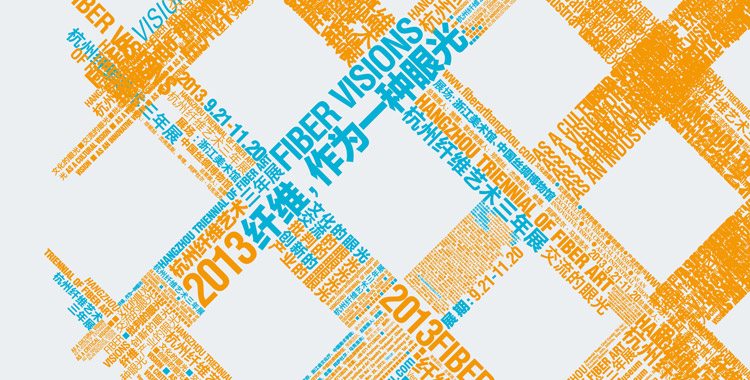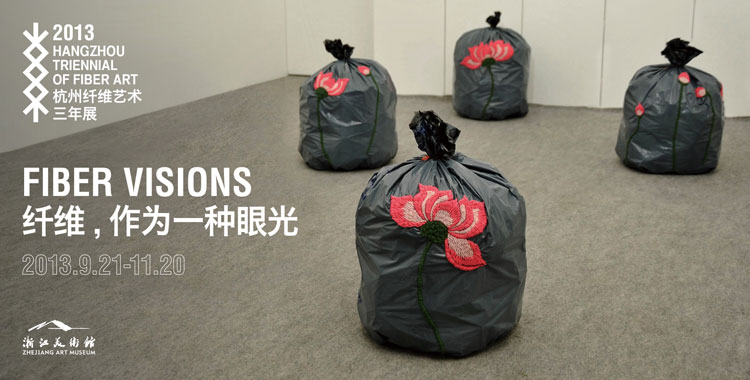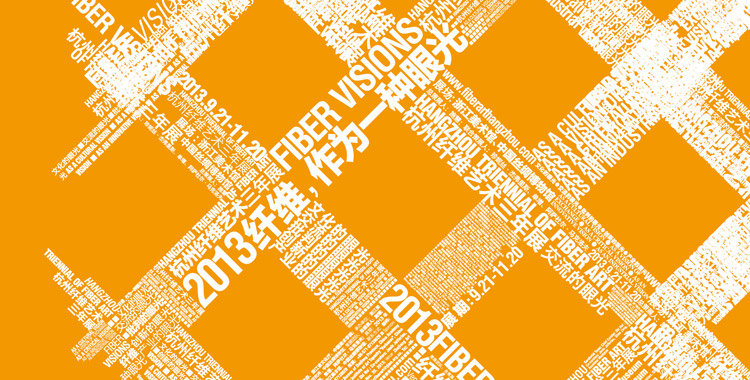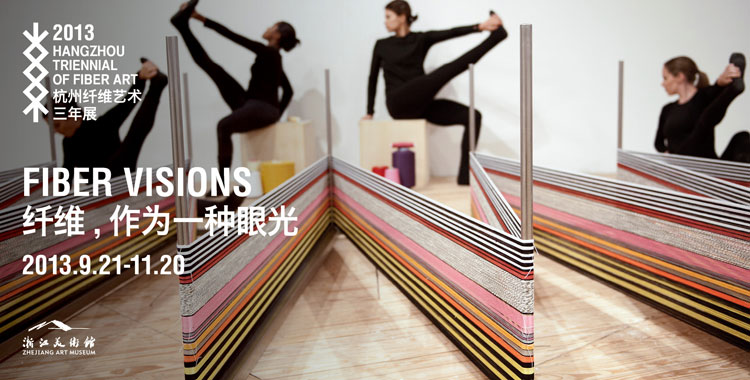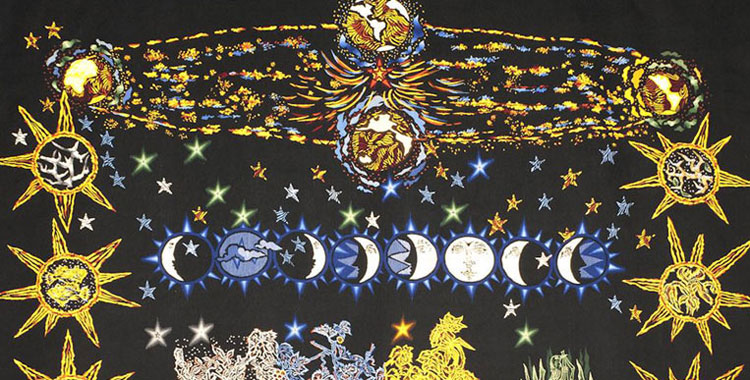2025年12月17日 星期三
13th International Triennial of Tapestry
Professor Shi Hui (施慧), together with teachers from Art School of Tsinghau University, went to Lodz for an academic visit from May 9 -17, 2010.
tarted from 1975, International Triennial of Tapestry, Lodz is the second most important fiber art exhibition after Lausanne Tapestry Biennale, which came to a halt in the middle 1990s, making Lodz Triennial the largest and oldest fiber art exhibition in Europe up to date.
The 13th International Triennial of Tapestry, Lodz 2010 took place in one of the most beautiful monumental industrial buildings — “White Factory”. It is a traditional duplex building built during 1835 to 1839 and the first textile and dyeing factory powered by steam engine in Poland. The factory began to be renovated into a gallery in the early 1960s. Among the four parts of the building: east, west, south and north part, the east part is the largest and newest. It was not until 2002 that the gallery got the ownership of it and it is where this Triennial took place. The renovation of the east part is totally oriented to the purpose of art exhibiting as the large space and steel beams are very suitable for placing, suspending and displaying the artworks. The exhibiting hall is divided into three floors and each floor sands as high as three meters with a hollow in between the second and third floor, which can be used to display extra large works. Room is also set aside at the ground floor to show the working of weaving machines.
The three-floor exhibiting site teemed with plenty of artworks at this triennial and most of them were closely related to the traditional weaving and tapestry art, but breakthroughs were made in terms of forms, textile structure and weaving techniques; some experimental artworks also appeared on this exhibition. International Triennial of Tapestry, Lodz manifests the development and expansion of modern fiber art.










